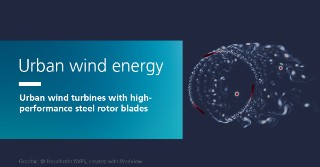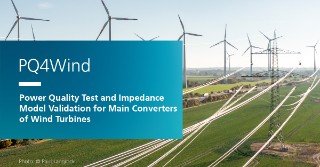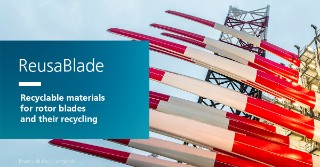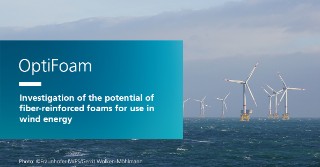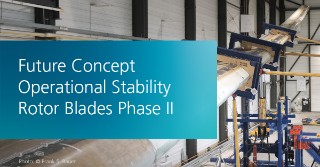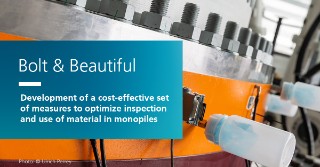Large-scale test rigs for realistic and accelerated life testing of wind turbines are Fraunhofer IWES’ trademark. Alongside test rigs for rotor blades, blade segments, blade bearings, nacelles, the grid integration of electrical systems, and support structures, testing facilities for electrolyzer systems and components also form part of IWES’ portfolio.
Continuous investment in new test rigs
Large composite components and mechanical components are being considered as well as complex environmental influences, more reliable grid integration, power electronics in the megawatt range, and the electrical system properties. Different operating scenarios, damage mechanisms, and adapted protection concepts are being investigated and models validated through comparison with experimental tests. IWES is not only continuously investing in new test rigs for increasing component sizes, but also offers segment tests, scale tests and virtualized tests.
Cost reduction through earliest possible validation
The growth in size and the further expansion of wind turbines mean that the demands on technical reliability are continuing in general. Accelerated introduction on the market, the use of one platform for multiple turbine models, the professionalization of wind farm operators, and higher costs in the event of offshore turbine failures all speak in favor of comprehensive validation prior to initiating operation. Added to this comes the increasing complexity from the coupling with systems in the hydrogen value chain. Modular testing and the precise characterization of multi-domain properties as well as experimental validation – across sectors – are possible thanks to the many years of accumulated expertise and the unique equipment at Fraunhofer IWES. Our experts are already using all the technological possibilities of advancing digitalization to support this.
In addition to the classical 1:1 tests of subsystems and components, scaled 1:X tests are realized. We are also working on new hybrid test methods with measurements and model validations only in the partial load range, which are the used for experimentally verified extrapolation over the entire operating range.

